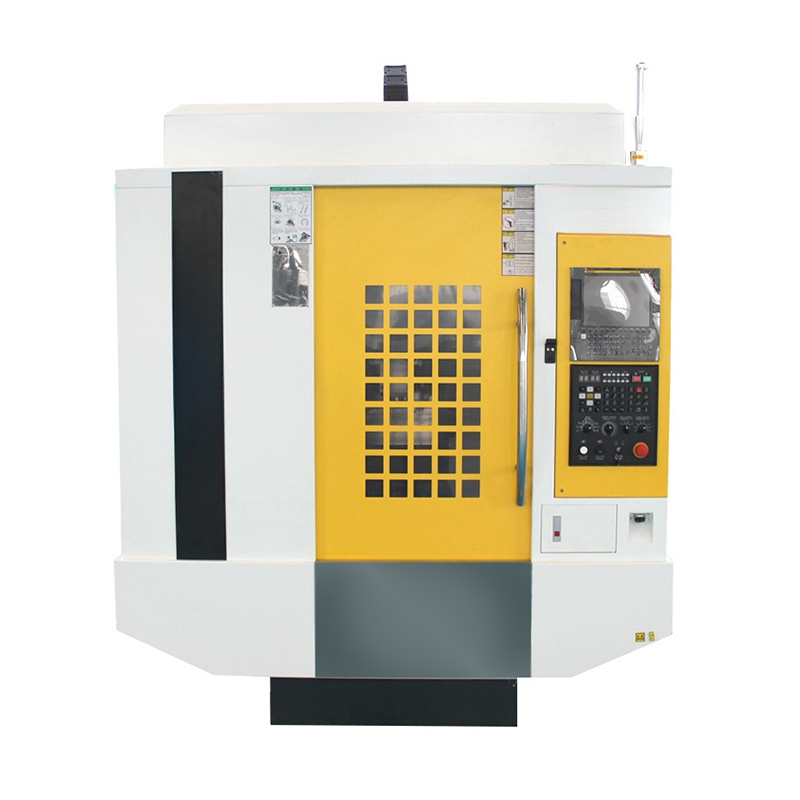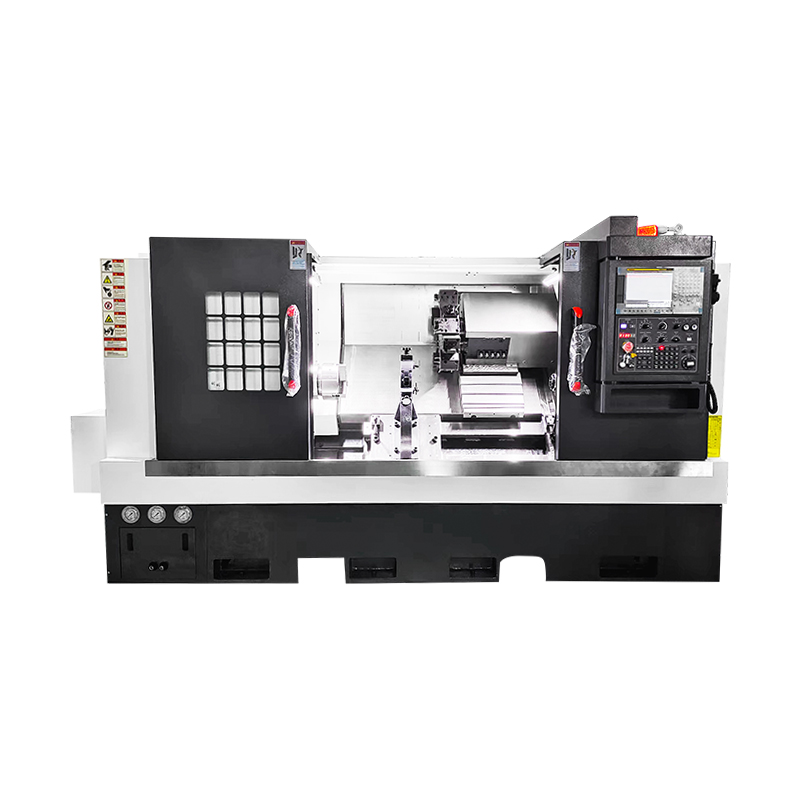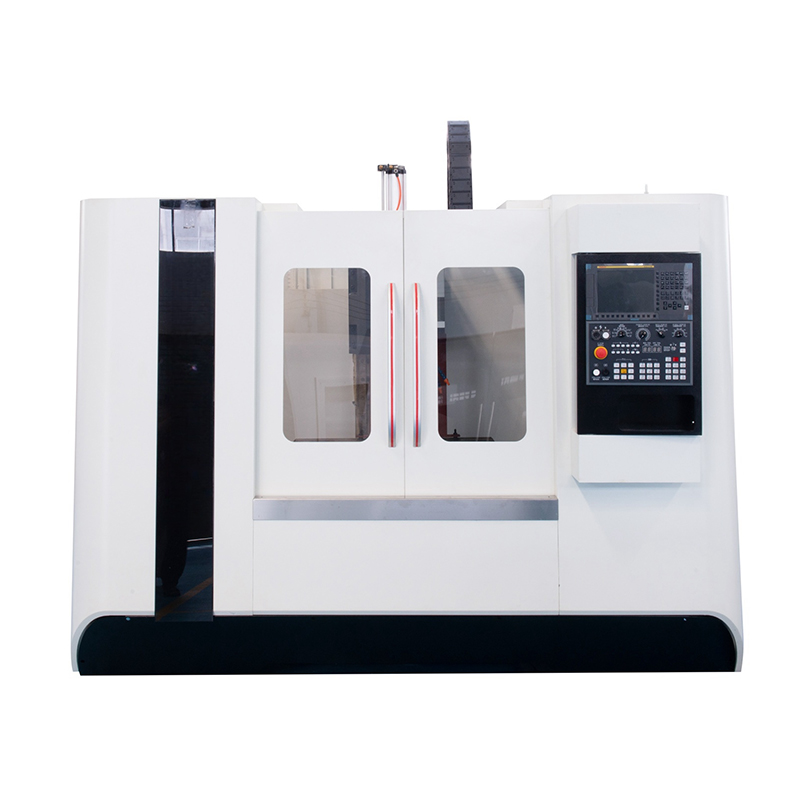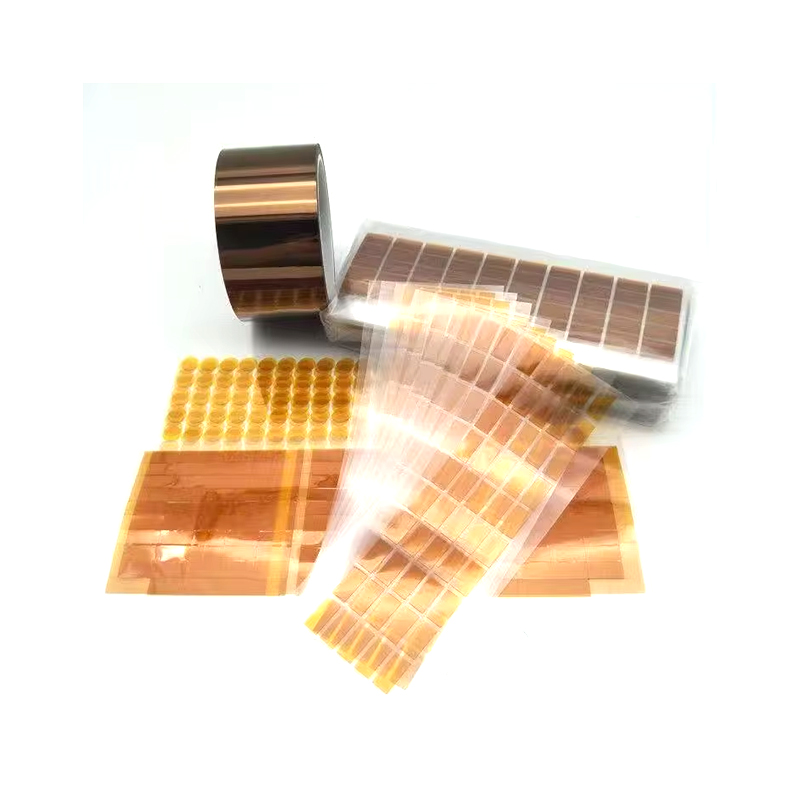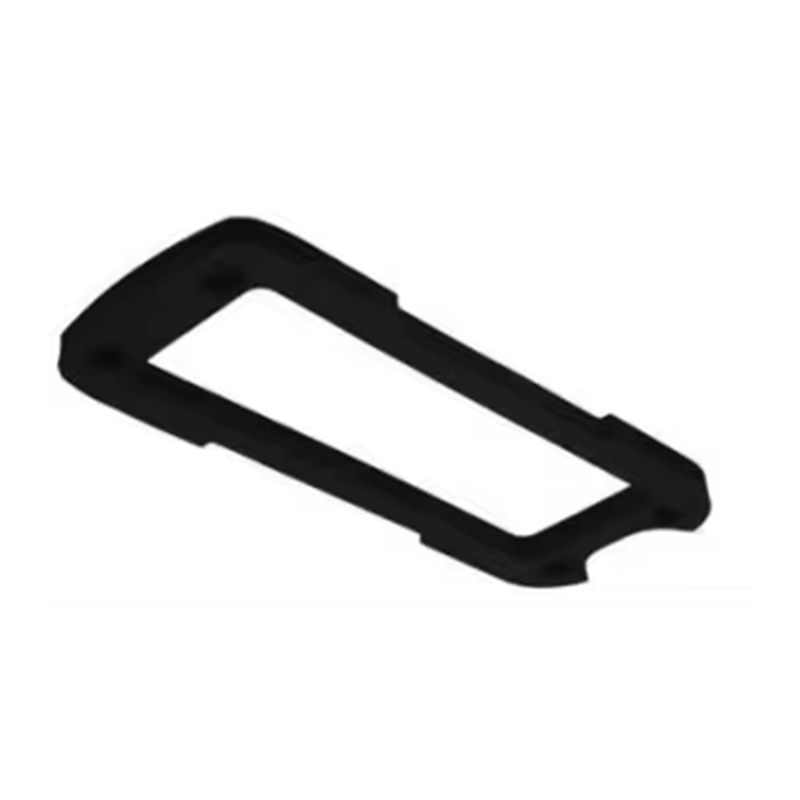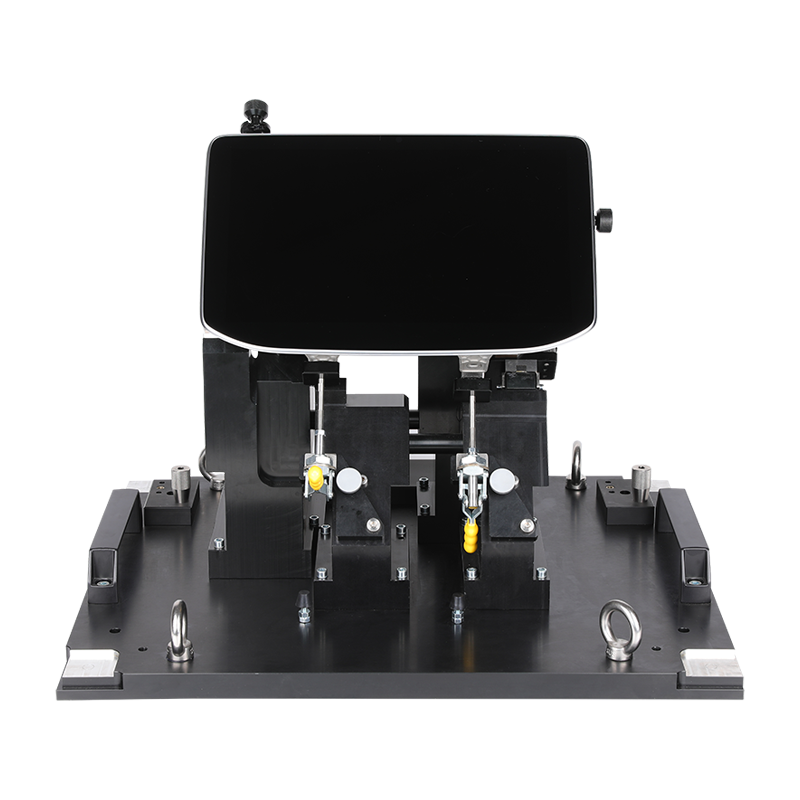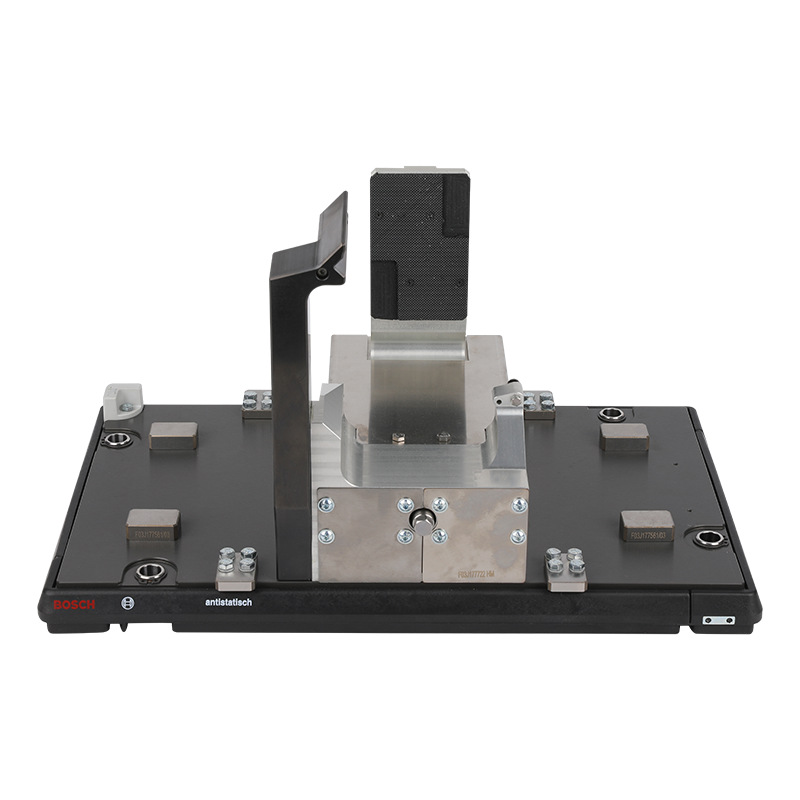As the manufacturing industry moves towards intelligent and high-end manufacturing, CNC machinery parts have become an indispensable core element of industrial automation systems. From aerospace and automotive to medical devices and electronics precision manufacturing, nearly all high-precision equipment relies on the precision components provided by CNC machining. CNC, or computer numerical control (CNC), machining technology, with its high speed, high precision, and high stability, has established a strong support system in the global manufacturing landscape, and CNC machinery parts are the most critical component of this system.
CNC machinery parts typically include structural components, transmission components, connectors, and functional parts. The design, material selection, machining accuracy, and surface treatment requirements of these components often determine the performance and service life of the entire machine. Driven by the wave of intelligent manufacturing, CNC components are continuously developing towards lightweighting, functional integration, and ultra-high precision.
The Engine of Technological Innovation: The Multi-Dimensional Evolution of Precision Machining Technology
With the rapid adoption of multi-axis CNC systems, traditional two-dimensional machining methods can no longer meet the complex demands of modern manufacturing. The widespread use of five-axis, six-axis, and even multi-axis machining centers has enabled CNC machined parts to achieve more complex surface control and multi-angle, one-step molding. This effectively reduces setup errors and tool changeovers, improving product consistency and stability.

Concurrently, process support technologies such as tool materials, cutting fluids, and fixture systems are constantly evolving. The application of carbide tools and the optimization of coating technologies have significantly improved cutting efficiency and surface quality. High-performance cooling systems effectively control the risk of thermal deformation, fundamentally ensuring component dimensional accuracy. The introduction of digital simulation and CAPP (Computer-Aided Process Planning) systems has also enabled more scientific and rational machining path planning for complex parts, further shortening development cycles.
Material Science Empowerment: Expanding from Traditional Metals to Composite Materials
The material choice of CNC machined parts is a key factor in determining their performance. Traditional machining primarily utilizes carbon steel, stainless steel, aluminum alloys, and copper alloys. However, with the diversification of applications and increasing performance requirements, titanium alloys, high-temperature alloys, ceramic-based composites, and even superhard materials are gradually being used in CNC component manufacturing.
The introduction of high-performance materials not only brings higher strength, corrosion resistance, and thermal stability, but also places higher demands on processing equipment and processes. For example, high-temperature alloys are difficult to machine and suffer from rapid tool wear, requiring more rigid equipment and more optimized toolpath strategies. The fibrous structure of composite materials poses challenges to the mechanical response during cutting, necessitating the use of specialized cutting technologies and non-traditional processing methods, such as ultrasonic-assisted cutting and laser processing.
Intelligent Upgrade Paths in the Wave of Digital Manufacturing
CNC machine component processing is increasingly integrating into Industry 4.0 and intelligent manufacturing systems. Digital twin technology, the Industrial Internet, and big data analytics are enabling digital closed-loop management of the entire process, from design, manufacturing, to testing. During processing, intelligent sensors work in conjunction with machine tool control systems to monitor cutting conditions, equipment vibration, and workpiece temperature in real time, enabling dynamic adjustment of processing parameters to improve product yield and output efficiency.
Conversely, the rise of cloud manufacturing and remote collaborative design is making component customization more flexible and the production process more controllable. Intelligent scheduling systems can optimize production schedules based on order type, processing capacity, and deadline requirements, avoiding resource waste and enabling flexible manufacturing and rapid response. Especially with the growing demand for high-variety, low-volume production, intelligent manufacturing systems for CNC machinery parts are becoming a key entry point for the digital transformation of small and medium-sized manufacturing enterprises.

Inspection and Quality Control: Technical Support for Precision Assurance Systems
For CNC machinery parts, the control of dimensional accuracy and geometric tolerances not only affects product functionality but also determines assembly stability and system reliability. As customer demands continue to increase, quality inspection techniques are trending towards high precision, multi-dimensionality, and automation.
High-end inspection equipment such as coordinate measuring machines (CMMs), laser scanners, and optical profilers have become standard equipment for advanced manufacturing companies, enabling rapid detection and feedback of micron-level errors. Furthermore, the introduction of in-process inspection technology enables in-process correction during the manufacturing process, significantly reducing scrap and rework rates. Combined with statistical process control (SPC) and comprehensive quality management systems, the overall yield rate of CNC parts has been significantly improved.
CNC machinery parts not only carry the core tasks of modern precision manufacturing but also serve as a key node in the development of intelligent manufacturing and high-end equipment. Driven by technological advancement, rising market demand, and optimized industrial structures, manufacturing methods, application areas, and technological boundaries are constantly being reshaped. In the future, those who pioneer breakthroughs in precision, efficiency, and intelligence will seize the initiative in this high-end manufacturing revolution. CNC machinery parts are quietly writing a new chapter in China's journey to becoming a manufacturing powerhouse.

 English
English русский
русский